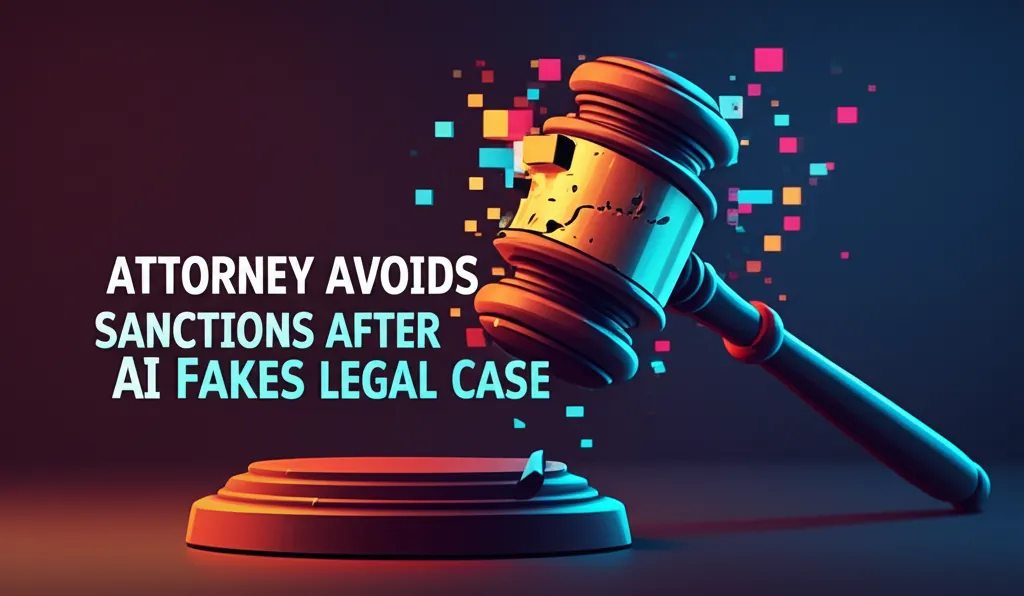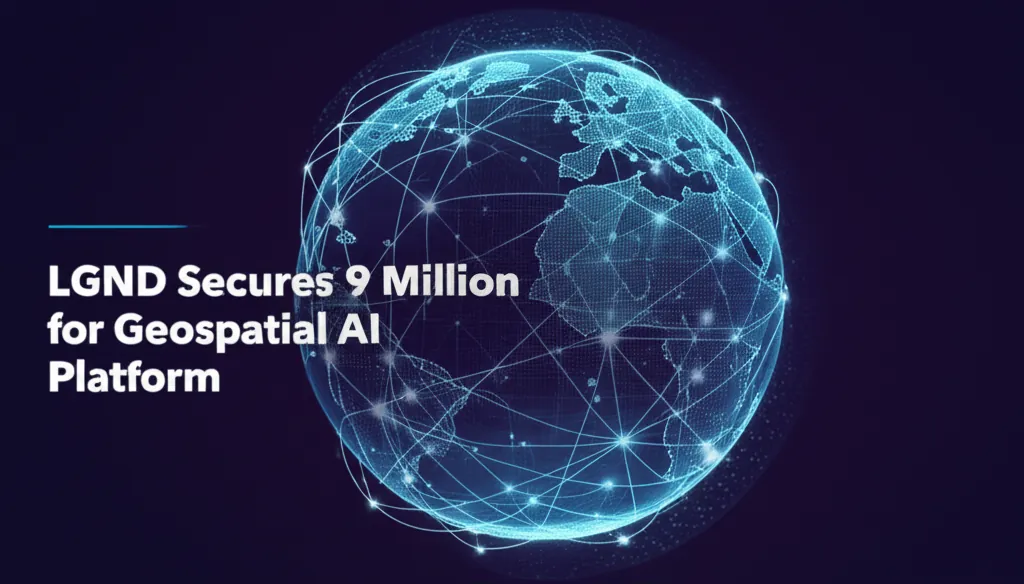Developer Offer
Try ImaginePro API with 50 Free Credits
Build and ship AI-powered visuals with Midjourney, Flux, and more — free credits refresh every month.
Why AI Fails to Grasp The Meaning of Color
Can a machine that has never seen a sunset truly understand what a "golden opportunity" is? This is the central question behind a recent study that explores the surprising gaps in how artificial intelligence models like ChatGPT process colorful language. The findings suggest that when it comes to understanding metaphors, real-world, hands-on experience gives humans a decisive edge.
The Study Pitting Humans Against AI
A team of neuroscientists, led by the University of Southern California and partially funded by Google, designed a fascinating experiment. As detailed in their published findings, they compared the linguistic interpretations of four different groups: sighted adults, colorblind adults, professional painters, and the advanced language model, ChatGPT.
Each group was asked to associate colors with abstract ideas like “physics” or “honesty” and to explain the meaning behind familiar and unfamiliar color-based metaphors. The goal was to see if understanding these phrases requires actual visual perception or something deeper.
The Human Advantage Embodied Experience
The results were nuanced and revealing. Interestingly, both sighted and colorblind individuals performed at a similar level, suggesting that simply seeing colors isn't the most critical factor for grasping these concepts. The real surprise came from the painters, who significantly outperformed every other group, including the AI. Their ability to interpret novel and complex color metaphors was superior, stemming from their routine, physical manipulation of pigments and hues.
This points to a concept known as embodied experience. The painters' hands-on interaction with color gave them a deeper, more intuitive grasp of its metaphorical potential. Lisa Aziz-Zadeh, the study’s senior author, explains the core question: “ChatGPT uses an enormous amount of linguistic data to calculate probabilities and generate very human-like responses. But what we are interested in exploring is whether or not that’s still a form of secondhand knowledge, in comparison to human knowledge grounded in firsthand experiences.”
ChatGPTs Secondhand Knowledge
So how did the AI fare? ChatGPT delivered responses that were consistently logical and fluent, drawing heavily from established cultural and emotional associations found in its training data. It could explain a "red alert" with ease.
However, its knowledge proved to be brittle. When confronted with unfamiliar or inverted metaphors, like explaining the feeling of being “burgundy” or identifying the opposite of “green,” the AI struggled. According to the USC team, these failures highlight a fundamental limitation: the absence of direct, sensory experience with the physical world. The AI's knowledge is based on text, not on touch, sight, or interaction.
The Path Forward for AI
This research challenges a core assumption in AI development—that language alone can be a proxy for true understanding. While language models are exceptional at mimicking human patterns, they lack the nuanced comprehension that comes from physical interaction.
The key takeaway is that future advancements in AI may require more than just bigger datasets. The researchers suggest that integrating direct sensory input, such as visual or tactile data, could help future systems develop more human-like cognitive abilities. The team plans to explore whether AI models that combine language with other senses can finally move beyond statistical prediction and begin to exhibit genuine, embodied reasoning. For now, the study confirms a simple truth: there's a profound difference between reading about the color red and actually knowing what it feels like to paint with it.
Compare Plans & Pricing
Find the plan that matches your workload and unlock full access to ImaginePro.
| Plan | Price | Highlights |
|---|---|---|
| Standard | $8 / month |
|
| Premium | $20 / month |
|
Need custom terms? Talk to us to tailor credits, rate limits, or deployment options.
View All Pricing Details

